The kingdom of eternal darkness: a planet blacker than coal (9 photos)
In the constellation Draco at a distance of about 720 light years from us in In 2006, using the transit method, scientists discovered a very strange a planet that is blacker than, perhaps, everything that we know is real kingdom of eternal darkness! The find was given a "name"
TrES-2b
is a black gas giant orbiting a star - a yellow dwarf, about the same as our Sun. 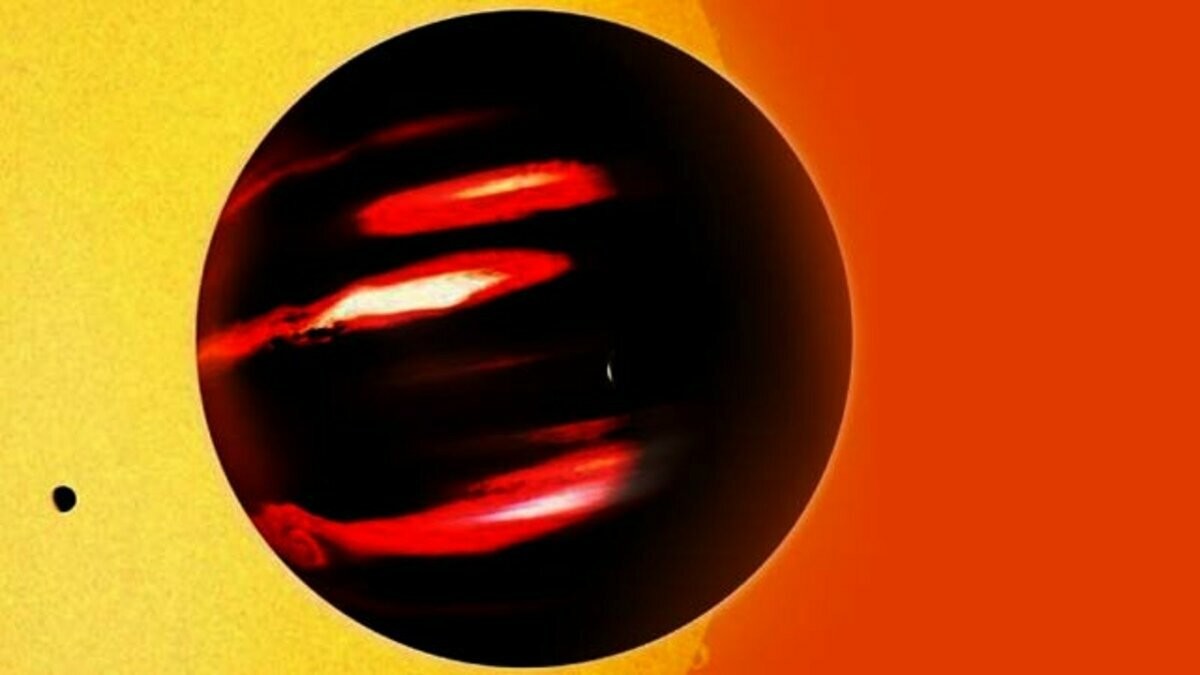
This star was of great interest to the scientific community, and astronomers watched her closely in the hope of discovering a planet, similar to the Earth, but did not expect to see such a strange object. 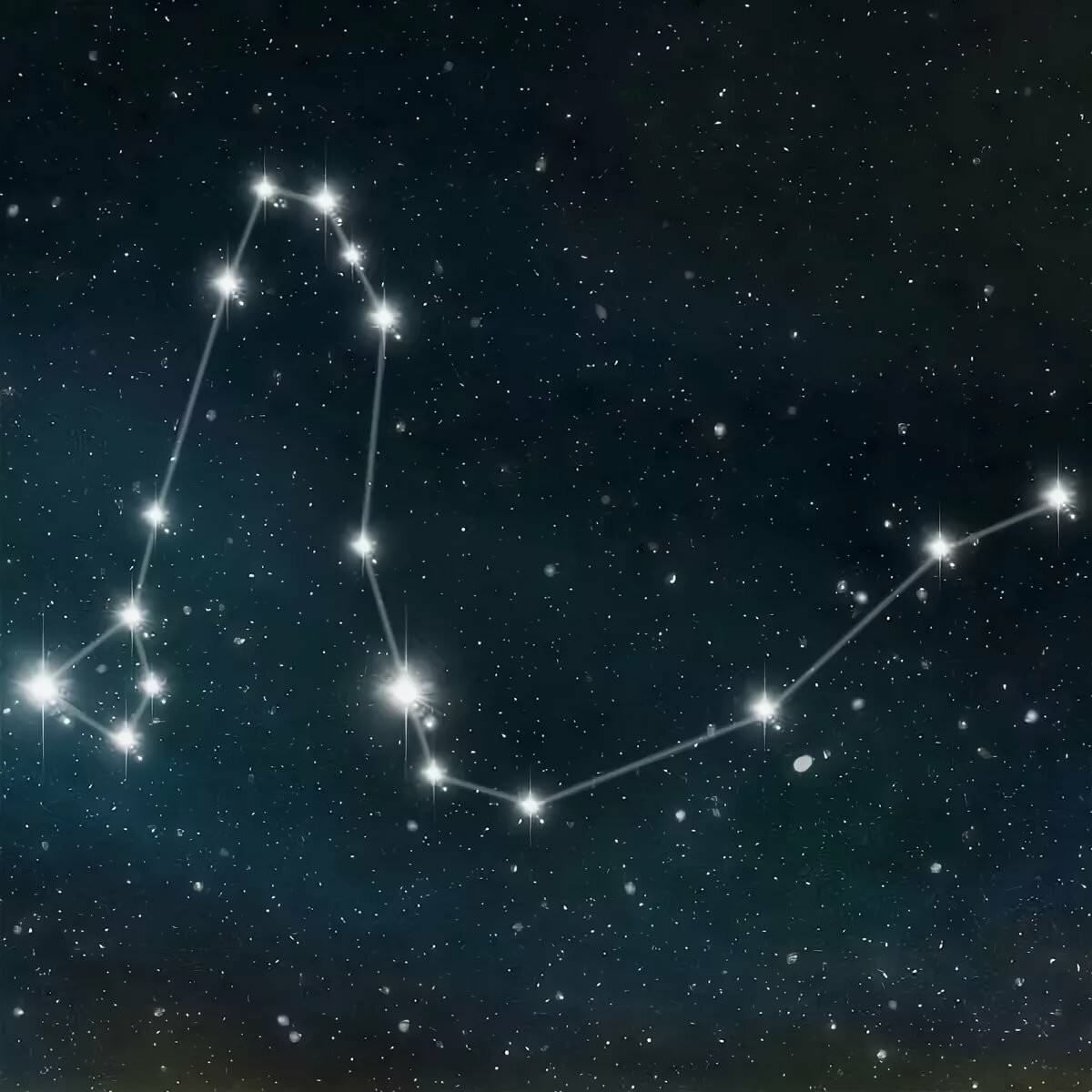
constellation dragon
*
transit method
is a way to detect planets, during which point fluctuations in the brightness of a star are measured, when a planet passes in front of its disk. 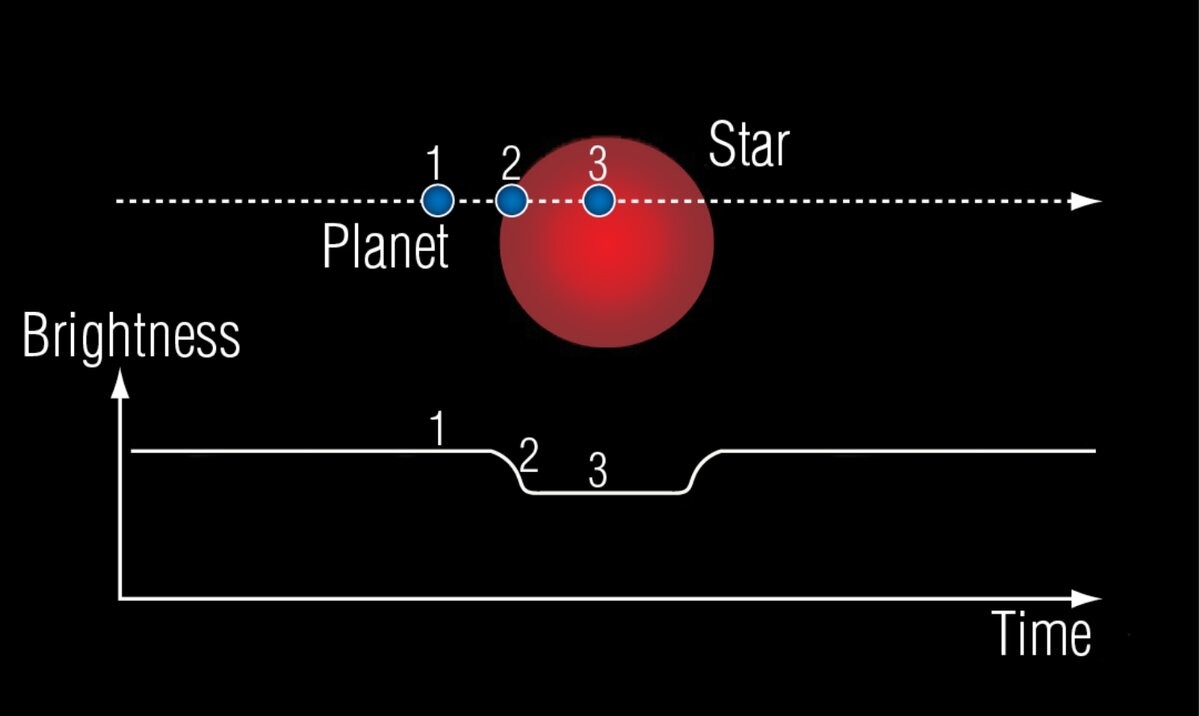
Transit method for discovering new planets
TrES-2b turned out to be blacker than coal, as well as any planet or satellite in our solar system. Measurements showed that TrES-2b reflects less than one percent of the sunlight falling from the outside, then there is less than even black acrylic paint or carbon black. Temperature its atmosphere is over 980 °C. Another surprising fact is that this strange the abode of blackness is only 4 million km from its star, which is 10 times closer than Mercury to the Sun! In theory, there should be dazzlingly bright days, and there many times darker than on Pluto! In its own way in mass and size, it is slightly larger than our Jupiter. 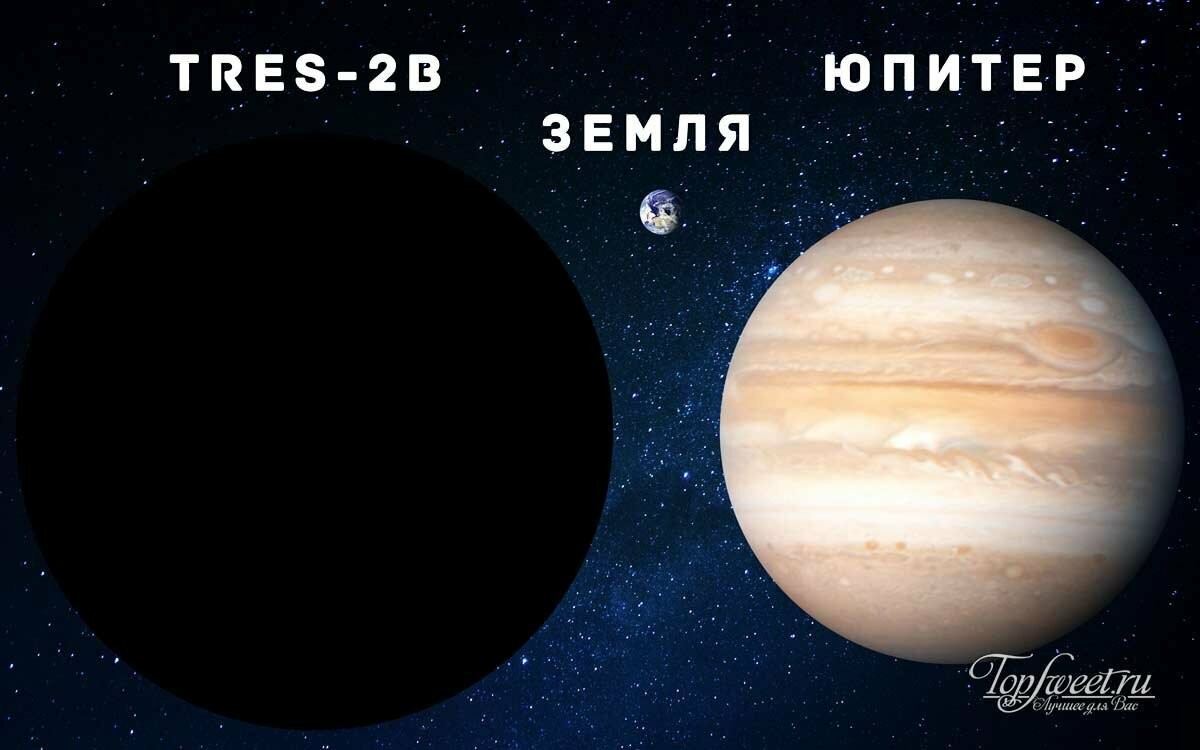
But, by the way, the day, which is still impossible to see, on this planet could only be on one side of it: the black planet is in a tidal lock and always faces the star with one side exactly the same as the moon to the earth. Such blackness is associated with its chemical composition: this gas giant is devoid of bright reflective clouds, and this is to blame heat. Yes, of course, there are other hot Jupiters with similar temperatures of about 1,000 C, living next to their star, for example
planet Bellerophon (51 Pegasi B),
but none of them is so black, although a similar mark on thermometer is already enough to seriously affect the chemistry of the upper layers of the atmosphere. 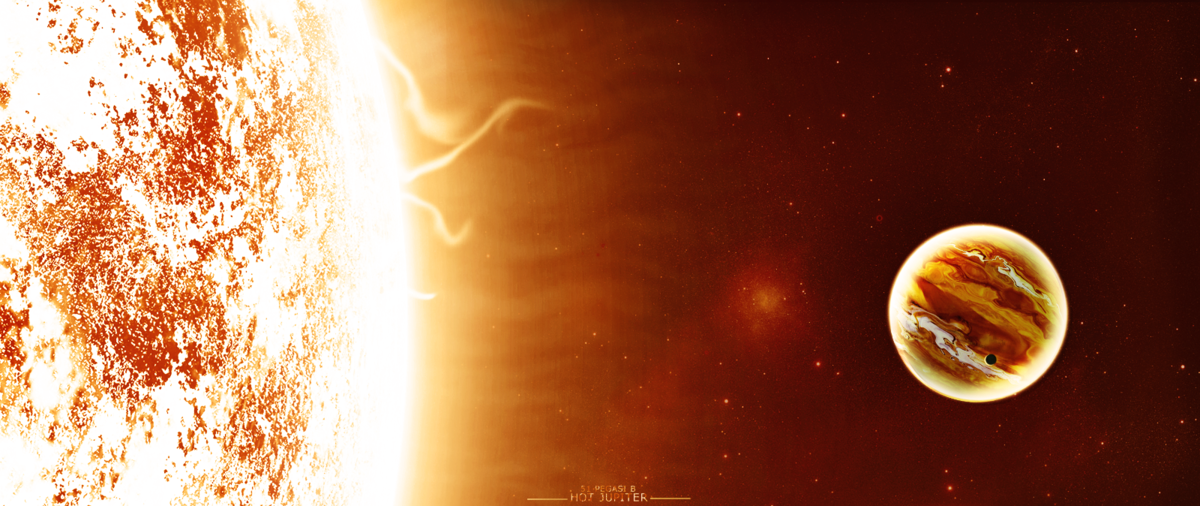
Bellerophon as imagined by the artist
At this temperature, ammonia and methane cannot exist. It is possible that the atmosphere of TrES-2b contains substances that absorb light, for example, sodium, potassium vapor, titanium oxides, however, they will not explain such darkness of this strange world. It is possible that in this atmosphere planets there are some substances unfamiliar to us, such that no one never seen on earth. 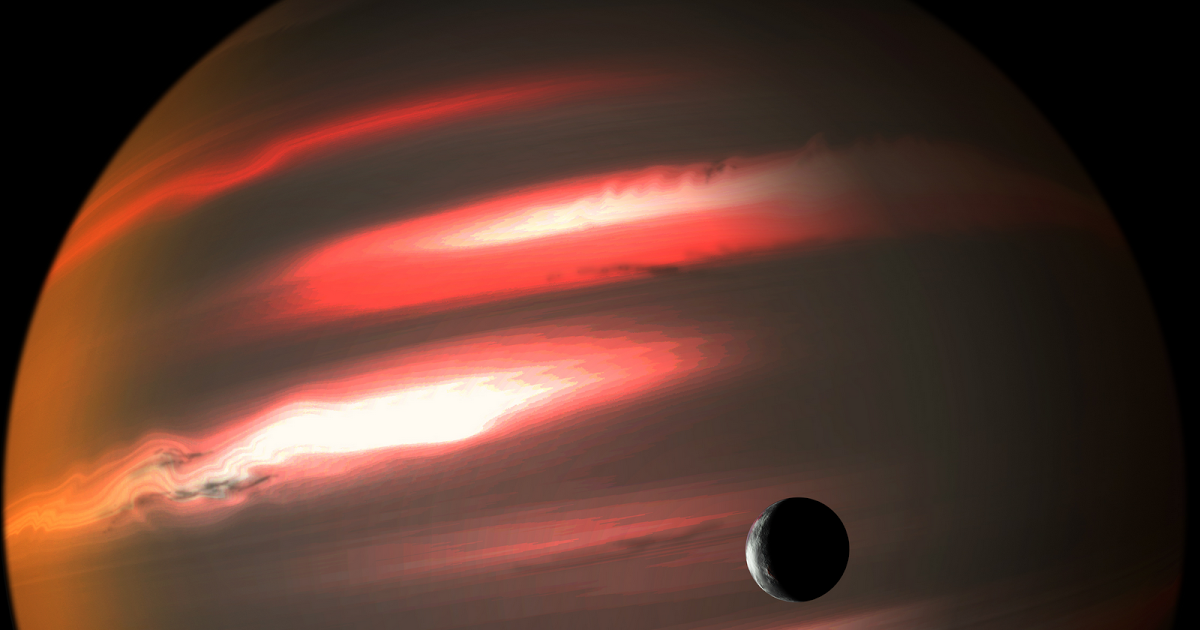
TrES - 2b in the representation of the artist
One of the scientists-researchers of the black planet David Spiegel says about TrES-2b like this:
"She not quite dark. She is so hot that she herself produces a weak red light, like a glowing ember or red-hot spiral electric tiles.
Since this planet is dark and almost imperceptible (it was discovered, one might say, by a lucky chance), she, most likely, is far from the only one in the Universe, because such worlds very hard to find! If we flew near this planet, we would hardly have been noticed. 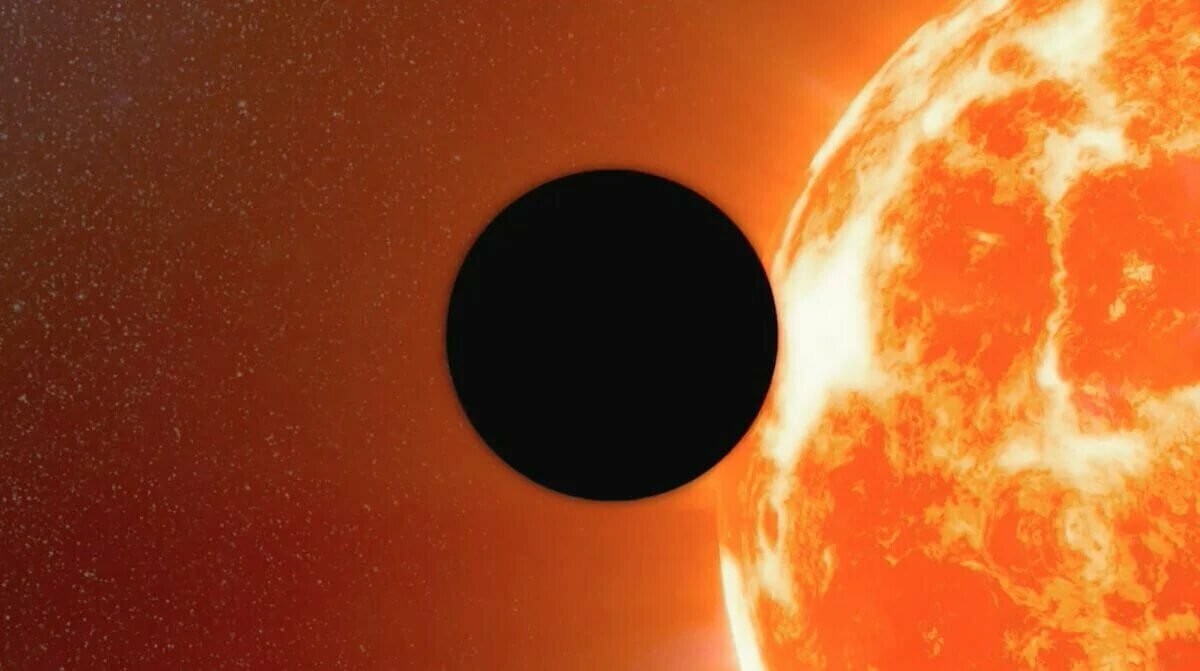
But let's try to imagine what conditions it still has, even if it contains some substance unknown to us, absorbing light. TrES-2b does not have a solid surface, which means that its flows hot dense atmosphere must move with supersonic speed, as on all gas giants familiar to us in the solar system and not only, because there are no obstacles for free movement "air". If the planet is in tidal lock, then one side facing the star, warms up, and the other, opposite, should cool down. 
The heat on the black planet is created not only by heating from the outside: such proximity will warm it up from within, thanks to the tidal interaction of the stellar cores and TrES-2b. That is, hthe black planet is warming up inside and out, and this should create powerful convective currents: more "cold" heavy atmospheric masses go down, there warm up, become lighter, and then, taking vaporous state, bursting upward, changing with other more "cool" streams. In theory, the movement of dense atmospheric masses with such temperature should create a glow due to friction, but it is practically No! Is it really calm on the planet? And the atmosphere is so heavy that even convection cannot move them? 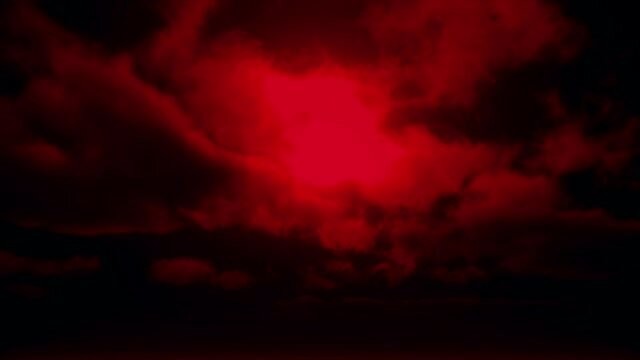
Maybe on a black planet the clouds look like this?
On the same Bellerophon it rains from red-hot iron. Water in such conditions cannot exist in liquid form, unequivocally. Whether there is a on TrES-2b any form of precipitation? And what would it be like hypothetical life form on this planet? Permanent blackness, without almost the only chance for a tiny ray of sunshine! However, life You can find it even where you would not expect to find it! For example, it seemed would be like in the Mariana Trench at a depth of more than 10 km with such a terrible pressure, where no one has ever seen the light, can perfectly feel the deep sea dwellers? It's probably the same on TrES-2b dark as in the Mariana Trench! Maybe occasionally branched lightning blinding flashes cut through the dense atmosphere on impact massive clouds rushing at supersonic speeds your next trip around the world? Or are these soot clouds still tinged with a scarlet reddish glow?





















